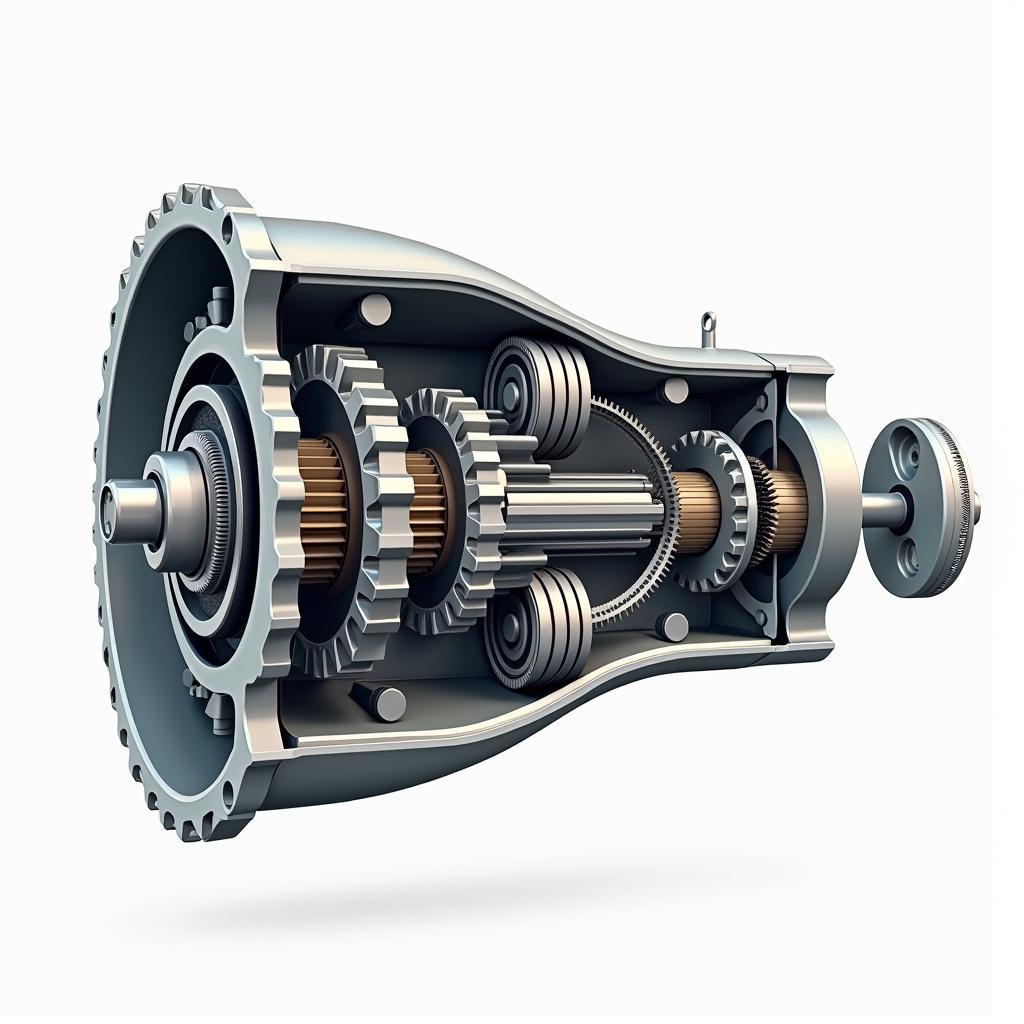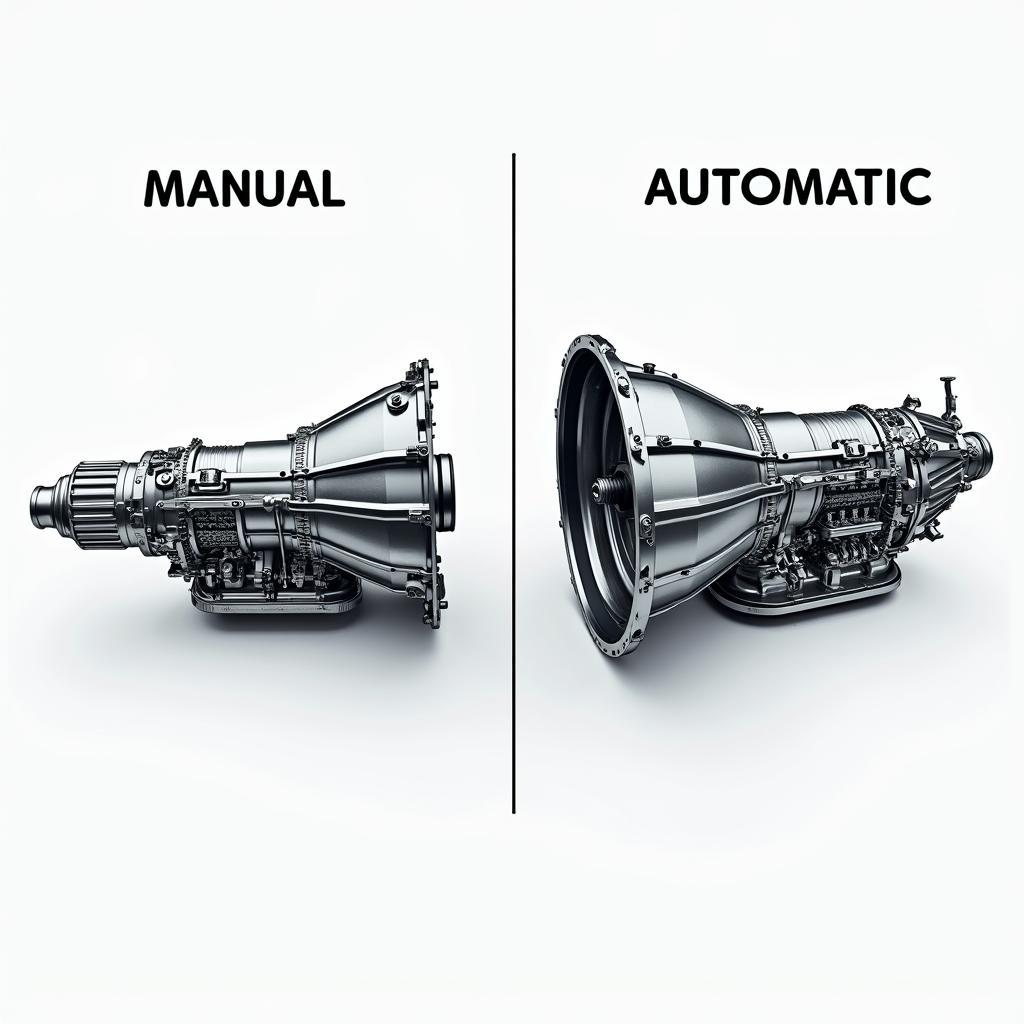The transmission, often referred to as the gearbox or automatic transmission, is a complex component in your vehicle responsible for transferring power from the engine to the wheels. A functioning transmission is crucial for a smooth driving experience. In this article, we will take a closer look at the importance of the transmission and answer frequently asked questions about it.
 Car transmission structure and function
Car transmission structure and function
What Does a Transmission Actually Do?
The transmission adjusts the engine speed and torque to the vehicle’s speed and resistance. Simply put: Without a transmission, you could only drive at one speed and would have difficulty starting or driving uphill.
Imagine you want to start your car. The engine is idling, but the wheels are not turning. To set the vehicle in motion, the engine speed must be transferred to the wheels. This is exactly where the transmission comes into play. By selecting a gear in the C3 Automatic or by shifting gears in a manual transmission, a specific gear ratio is selected. This ratio determines how fast the wheels turn in relation to the engine.
Why is Transmission Maintenance So Important?
A well-maintained transmission not only guarantees a comfortable driving experience but also protects against costly repairs. Regular oil changes and checking the transmission fluid for contamination are essential. How much transmission fluid your car needs depends on the vehicle model. You can usually find this information in your vehicle’s manual or on our page “How much transmission fluid does my car need?“.
Different Types of Transmissions: DSG or Torque Converter?
Nowadays, there are different types of transmissions on the market, each with its own advantages and disadvantages. Two of the most common types are the dual-clutch transmission (DCT) and the automatic transmission with torque converter. Both types of transmissions offer a comfortable driving experience but differ in their functionality and characteristics.
Would you like to learn more about the differences between DCT and torque converters? Read our article “DCT or Torque Converter” for a detailed comparison.
 Comparison of manual and automatic transmissions
Comparison of manual and automatic transmissions
Common Transmission Problems
Despite regular maintenance, transmission problems can occur. Some signs of a faulty transmission are:
- Difficulty shifting gears
- Unusual noises while driving
- Jerking or vibrations during acceleration
- The smell of burnt oil
If you notice any of these symptoms in your vehicle, it is advisable to visit a workshop as soon as possible.
The Role of the Steering Gear
Another important component of the vehicle’s drive system is the steering gear. It converts the rotary motion of the steering wheel into a linear motion that steers the wheels. In modern vehicles, the electric steering gear is increasingly being used, which ensures more precise and comfortable steering.
The Clutch: Link Between Engine and Transmission
In vehicles with manual transmissions, the clutch plays a crucial role. It allows the driver to interrupt the power flow between the engine and the transmission in order to change gears. You can learn more about how the clutch works in our article “Car Clutch Function“.
 Transmission maintenance and repair
Transmission maintenance and repair
Conclusion
The transmission is a complex and essential component of your car. Regular maintenance and timely repair of damage are crucial to extend the life of the transmission and avoid costly repairs.
Do you need help diagnosing or repairing your transmission? Our vehicle technology experts are available around the clock. Contact us via our website and we will be happy to help you!

